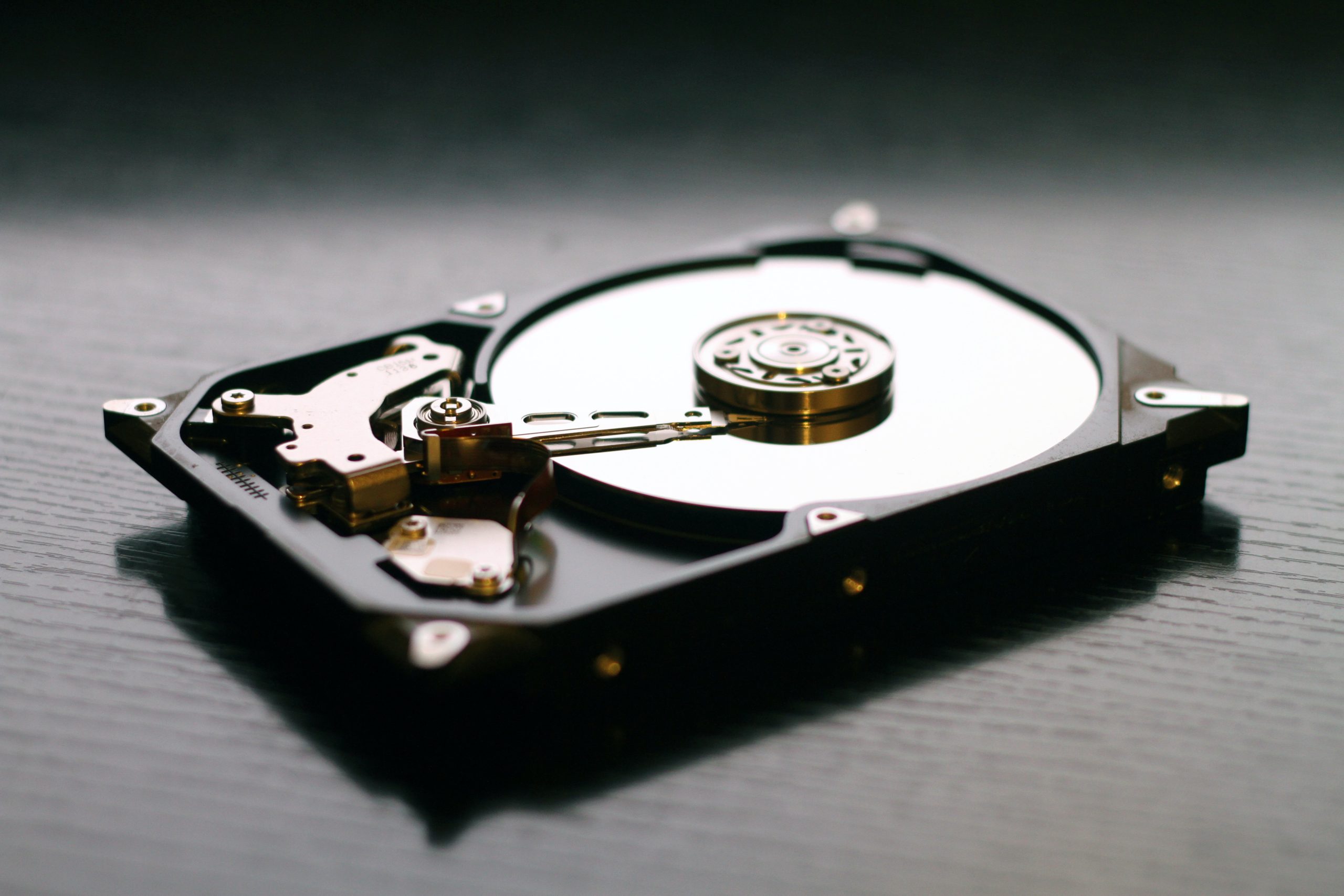Motor Replacements
Introduction
When it comes to machinery and equipment, motors play a crucial role in powering various operations. Over time, motors may encounter issues or wear out, requiring replacement. Motor replacements are a common practice to ensure the smooth functioning and longevity of equipment. In this article, we will explore the importance of motor replacements, the signs that indicate a motor replacement is needed, and the key considerations when choosing a new motor. So let’s dive in and discover everything you need to know about motor replacements.
Table of Contents
- Understanding Motor Replacements
- Signs That Indicate a Motor Replacement
- Factors to Consider When Choosing a New Motor
- Types of Motors for Different Applications
- The Installation Process for Motor Replacements
- Maintenance Tips for Extended Motor Lifespan
- The Importance of Professional Assistance
- Energy Efficiency and Cost Savings
- Upgrading to Advanced Motor Technologies
- Common Mistakes to Avoid during Motor Replacements
- The Future of Motor Technology
- Conclusion
- Frequently Asked Questions (FAQs)
1. Understanding Motor Replacements
Motor replacements involve the process of removing a faulty or worn-out motor from a piece of equipment and installing a new motor in its place. This practice is necessary to maintain the performance and efficiency of the machinery. Whether it’s an industrial machine, an HVAC system, or a household appliance, motors are integral components that power the device’s functionality.
2. Signs That Indicate a Motor Replacement
Knowing when to replace a motor is crucial to prevent unexpected breakdowns and downtime. Here are some common signs that indicate a motor replacement is necessary:
H2: Unusual Noises and Vibrations
If you notice excessive noise or vibrations coming from the motor, it could be a sign of internal damage or worn-out components. These issues can lead to further damage if left unaddressed.
H2: Overheating
Motors that frequently overheat indicate an underlying problem. Overheating can result from issues such as inadequate ventilation, bearing problems, or electrical faults. Replacing the motor can resolve these issues and prevent potential hazards.
H2: Frequent Tripping of Circuit Breakers
If the motor causes circuit breakers to trip frequently, it may be drawing excessive current or experiencing short circuits. This can be a safety hazard and requires immediate attention.
H2: Decreased Performance and Efficiency
When a motor starts to underperform, it may not provide the necessary power or speed required for the equipment. This can result in reduced productivity and increased energy consumption.
H2: Excessive Motor Maintenance
If the motor requires frequent repairs and maintenance, it may be more cost-effective to replace it altogether. Continuous repairs can add up in terms of time and expenses.
3. Factors to Consider When Choosing a New Motor
Selecting the right motor for your specific application is crucial to ensure optimal performance. Consider the following factors when choosing a new motor:
H2: Power and Torque Requirements
Evaluate the power and torque requirements of the equipment. Choose a motor that can meet these demands without overloading or underperforming.
H2: Motor Size and Fit
Ensure the physical dimensions of the new motor align with the existing equipment’s requirements. Consider space constraints and mounting options to ensure a proper fit.
H2: Energy Efficiency
Opt for energy-efficient motors to reduce electricity consumption and lower operational costs. Look for motors with high efficiency ratings and features such as variable speed drives.
H2: Motor Type and Technology
Different applications require specific motor types and technologies. Consider factors such as AC or DC motors, brushed or brushless motors, and synchronous or asynchronous motors based on your equipment’s needs.
H2: Environmental Conditions
Assess the environmental conditions in which the motor will operate. Factors like temperature, humidity, and dust levels can impact motor performance. Choose a motor that is designed to withstand these conditions.
H2: Reliability and Durability
Look for motors from reputable manufacturers known for their reliability and durability. A motor with a longer lifespan can save you from frequent replacements and downtime.
4. Types of Motors for Different Applications
Motor replacements involve selecting the appropriate motor type based on the application. Here are some common types of motors used in various industries:
H2: Induction Motors
Induction motors are widely used due to their simplicity and reliability. They are suitable for a range of applications, including pumps, fans, and conveyors.
H2: Servo Motors
Servo motors provide precise control and high torque output. They are commonly used in robotics, CNC machines, and automation systems.
H2: Brushless DC Motors
Brushless DC motors offer improved efficiency and longevity compared to their brushed counterparts. They find applications in appliances, electric vehicles, and aerospace.
H2: Stepper Motors
Stepper motors provide accurate position control and are commonly used in 3D printers, CNC routers, and robotics.
5. The Installation Process for Motor Replacements
Proper installation is essential to ensure the motor functions optimally. Here’s a general outline of the installation process:
- Disconnect the power supply and safely remove the old motor from the equipment.
- Check and clean the mounting area, ensuring it is free from debris and properly aligned.
- Install the new motor, making sure all connections are secure and correctly wired.
- Double-check the alignment and balance of the motor.
- Reconnect the power supply and test the motor’s functionality.
- Monitor the motor for any irregularities or issues during the initial operation.
6. Maintenance Tips for Extended Motor Lifespan
To maximize the lifespan of your new motor, follow these maintenance tips:
H2: Regular Cleaning and Inspection
Keep the motor clean and free from dirt, dust, and debris. Regularly inspect the motor for any signs of wear, loose connections, or unusual noises.
H2: Lubrication
Follow the manufacturer’s guidelines for lubricating the motor’s bearings and moving parts. Proper lubrication reduces friction and helps maintain smooth operation.
H2: Temperature Monitoring
Monitor the motor’s temperature during operation. Excessive heat can damage the motor, so ensure proper ventilation and cooling mechanisms are in place.
H2: Scheduled Maintenance
Implement a regular maintenance schedule to perform tasks such as motor alignment, belt tensioning, and electrical component checks.
7. The Importance of Professional Assistance
While some motor replacements can be done by knowledgeable individuals, seeking professional assistance is highly recommended. Professional technicians have the expertise and tools required to ensure a safe and efficient motor replacement process.
8. Energy Efficiency and Cost Savings
Upgrading to a newer, more energy-efficient motor can lead to significant cost savings in the long run. Energy-efficient motors consume less electricity, resulting in reduced energy bills and a smaller environmental footprint.
9. Upgrading to Advanced Motor Technologies
Consider upgrading to advanced motor technologies that offer improved performance, control, and energy efficiency. Technologies such as variable speed drives, smart motor systems, and IoT integration can enhance overall equipment effectiveness.
10. Common Mistakes to Avoid during Motor Replacements
During the motor replacement process, it’s essential to avoid common mistakes thatcan compromise the outcome. Here are some mistakes to avoid:
H2: Incorrect Motor Sizing
Choosing a motor that is either too small or too large for the application can lead to performance issues and inefficiencies. Ensure proper motor sizing based on the equipment’s power requirements.
H2: Improper Wiring and Connections
Incorrect wiring and loose connections can result in electrical hazards, motor malfunction, or damage to other equipment. Follow the manufacturer’s instructions and consult a professional if needed.
H2: Neglecting Safety Precautions
Working with motors involves electrical components and moving parts. Neglecting safety precautions can lead to accidents or injuries. Always follow safety guidelines and use appropriate personal protective equipment.
H2: Lack of Proper Testing and Calibration
After installation, thorough testing and calibration of the motor are crucial to ensure it is functioning correctly. Failure to test the motor’s performance can lead to unexpected issues or failures.
11. The Future of Motor Technology
The field of motor technology continues to advance, driven by the need for improved efficiency and sustainability. Emerging trends include:
H2: Integration of Artificial Intelligence
Motor systems are being integrated with artificial intelligence to optimize performance and energy consumption. AI algorithms can adapt motor operations based on real-time data, leading to enhanced efficiency.
H2: Internet of Things (IoT) Connectivity
IoT connectivity enables remote monitoring and control of motors, providing real-time data on performance, energy usage, and predictive maintenance. This connectivity enhances operational efficiency and reduces downtime.
H2: Enhanced Motor Efficiency and Power Density
Motor manufacturers are continuously improving efficiency and power density through advancements in materials, design, and control systems. These innovations lead to motors that deliver more power with reduced energy consumption.
Conclusion
Motor replacements are an essential aspect of equipment maintenance and performance optimization. By recognizing the signs that indicate a motor replacement is needed, considering the factors when choosing a new motor, and following proper installation and maintenance practices, you can ensure the smooth operation and longevity of your equipment.
Frequently Asked Questions (FAQs)
H3: 1. How often should a motor be replaced?
The lifespan of a motor depends on various factors, including usage, maintenance, and environmental conditions. However, with proper care, motors can last for many years before requiring replacement.
H3: 2. Can I replace a motor myself?
While some motor replacements can be done by individuals with sufficient knowledge and experience, it is generally recommended to seek professional assistance. Professional technicians have the expertise to ensure a safe and efficient replacement process.
H3: 3. Are energy-efficient motors worth the investment?
Yes, investing in energy-efficient motors can lead to significant cost savings over time. These motors consume less electricity, resulting in reduced energy bills and a positive impact on the environment.
H3: 4. Can I upgrade to a different motor technology?
Yes, upgrading to advanced motor technologies can offer improved performance, energy efficiency, and control. Consult with a motor expert to determine the best technology for your specific application.
H3: 5. What should I do with the old motor?
Depending on its condition, the old motor can be recycled or disposed of following proper environmental regulations. Consult local waste management authorities for the correct disposal methods.

